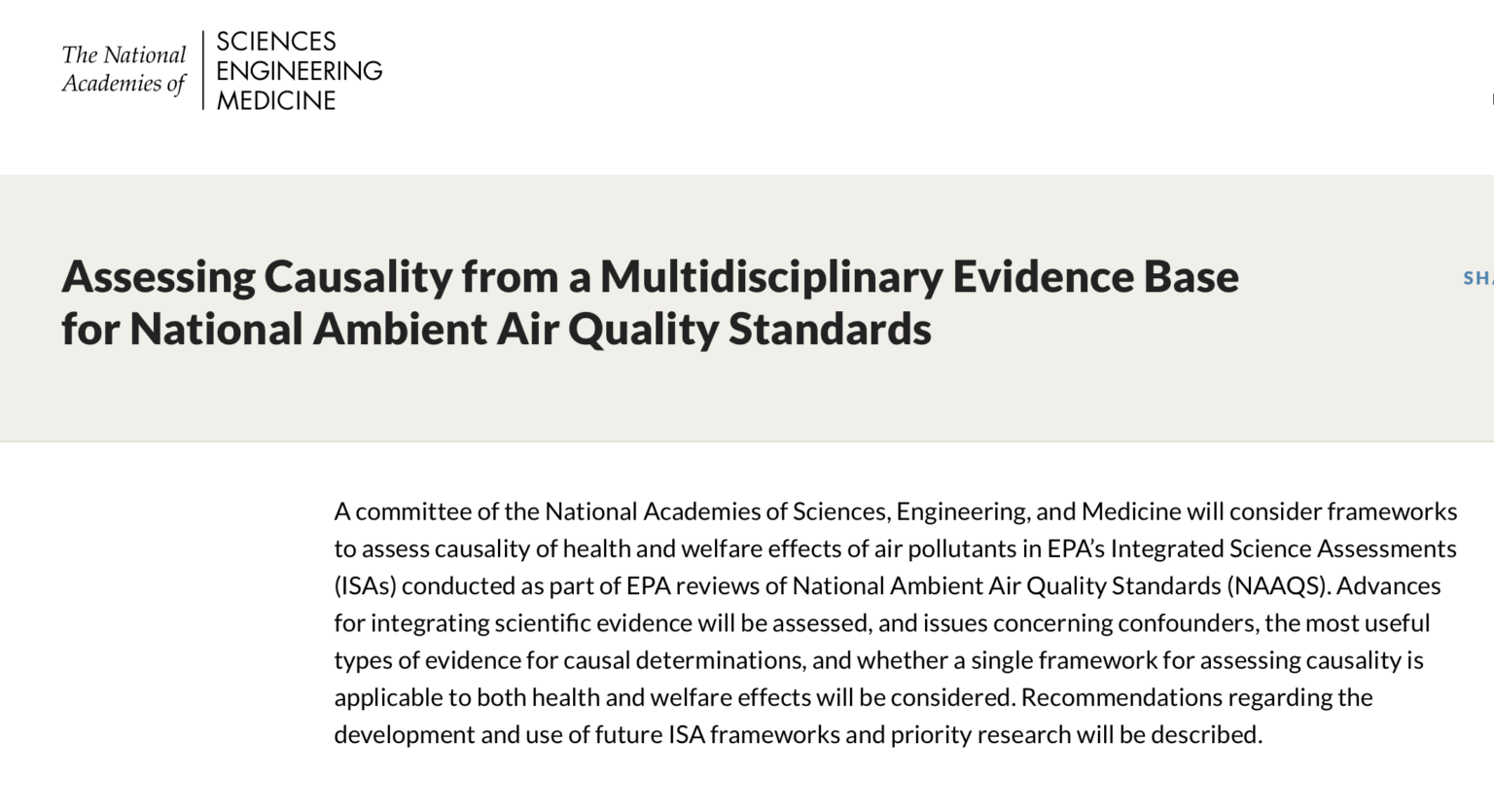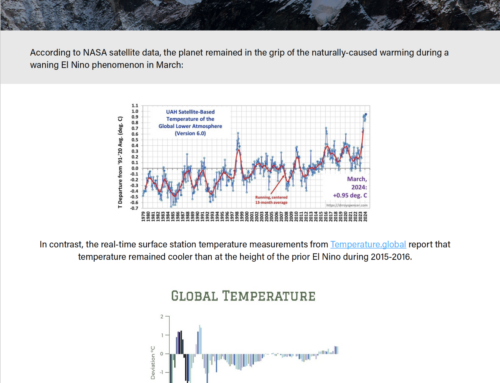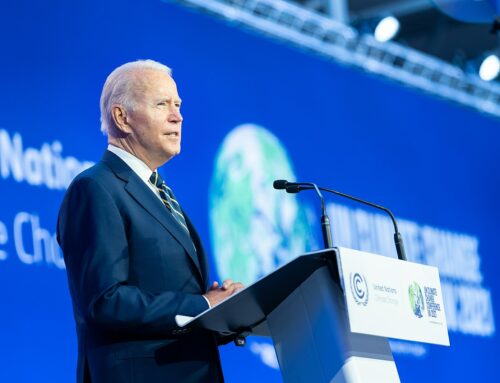by Steve Milloy, E&E Legal Senior Policy Fellow and Junkscience.com Founder
As appearing on Junkscience.com
Here is my oral testimony to the NAS panel on Assessing Causality from a Multidisciplinary Evidence Base for National Ambient Air Quality Standards, a panel chock full of EPA PM2.5 research grantees including the infamous Francesca Dominici, Armistead G. Russell (EPA grantee crony, $23,319,799 in grants), Charles Driscoll (EPA grantee crony, $7,437,921 in grants) and Joel Kaufman (EPA grantee-crony. $55,411,682 in grants and illegal human experimenter). My testimony is below.
Good afternoon. I’m Steve Milloy. I publish JunkScience.com.
I will address the lack of biological plausibility with respect to the claim that PM2.5 kills people.
Biological plausibility is vital to determining causality because epidemiology is not science — it’s just statistics.
EPA has admitted in PM2.5-related litigation that epidemiology alone is inadequate for determining causality.
This should be no surprise.
It’s basic epidemiology.
In any event, the reality is that all the PM2.5 epidemiology reports correlations that are effectively zero.
But let’s look at the biological plausibility anyway.
There is no lab animal experiment that has produced deaths – despite intense PM2.5 exposures.
There is no human clinical experiment that has produced deaths despite exposing elderly and sick people to intense PM2.5 levels.
Some of these clinical PM2.5 exposures were as high as 5,000 micrograms per cubic meter, more 500 times higher than average US outdoor air.
None of this is surprising since there are no real-world examples where PM2.5 has killed anyone ever.
Studies show smokers who quit by age 40 will have inhaled thousands of times more PM2.5 than nonsmokers. Yet both groups have the same life expectancy.
The smoking epidemiology is so devastating to PM2.5 junk science that Arden Pope laughably tried to claim that outdoor air is more deadly than smoking.
PM2.5 levels in Chinese and Indian cities can be 100 times greater than in US outdoor air. But there are no reports of actual deaths from inhaling such polluted air.
Historic incidents of deadly air pollution during the early 20th century were caused by acidic gases concentrated in the air by weather phenomena.
They were not caused by PM2.5.
Coal miners and diesel workers have large exposures to PM2.5 – but they have greater life expectancy than workers not so occupationally exposed.
And guess what, when PM2.5 levels are reduced, deaths don’t go down.
All the foregoing is indisputable and presented in greater detail in my book “Scare Pollution: Why and How to Fix the EPA.”






